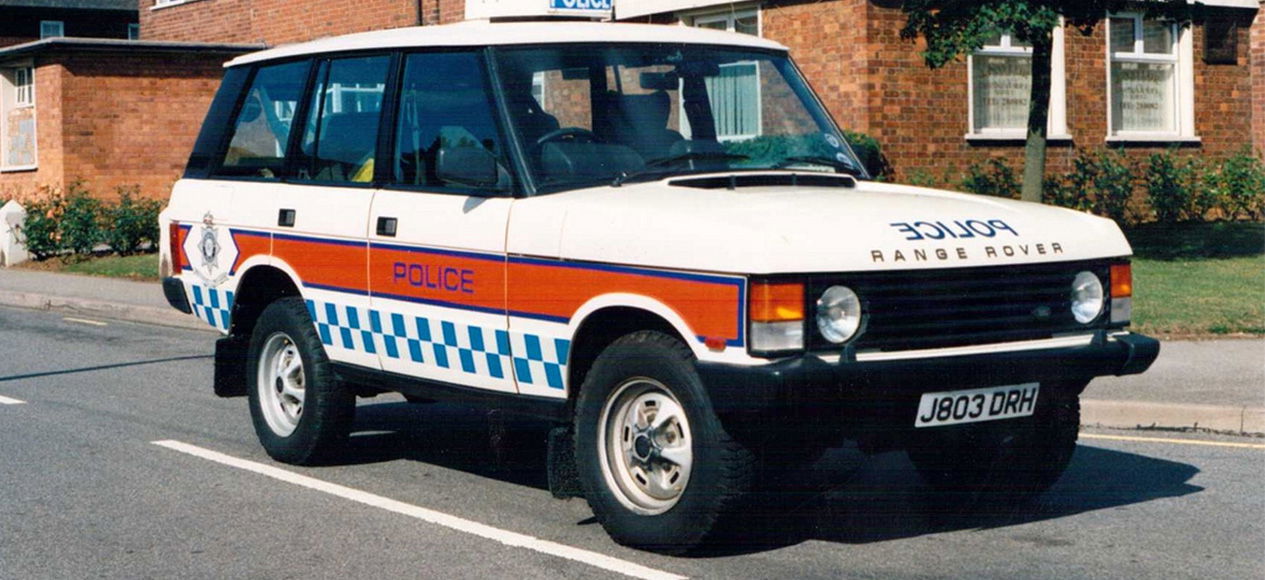5 Famous Classic Cars That Have Been Used By Police

A police car is one of the most recognisable vehicles on the road, letting people know that they either need to slow down or get out of the way. There have been many classic cars that have doubled as police vehicles. This came down to speed and design, allowing police officers to keep up with criminals in a high speed chase. We’ve been looking into five of the most well known police cars to see how they were designed.
Wolseley 6/80
No police car reflected post-war London better than the Wolseley 6/80. The first police Wolseley 6/80s went into service in 1950, acting as wireless area vehicles and traffic cars. The former sported a roof-mounted antenna and Winkworth bell, while the latter had two hailers mounted on the windscreen.The 2.2-litre engine allowed the car to move at a top speed of 80 mph. It remained in service until 1963.
Jaguar S-Type
The Jaguar S-Type was used by London police and a lot of people considered it to be the ideal police car. From 1967 to 1968, the London force used a fleet of 83 Jaguar S-Types, with traffic cars being white and area cars being black. Both versions had loud air horns and bells under the bonnet. The S-Types became the first white-liveried police vehicles to appear in London.
Ferrari 250 GTE
The Ferrari 250 GTE was used in Italy in the 1960s. Rome had a major crime problem, so the Squadra Mobile came into existence. This fast-response unit was created to stop criminals no matter how fast they were going. The unit used Ferrari 250 GTEs for the speed it afforded them. The GTE possessed a 3-litre V12 that cranked out 240bhp, making the car one of the fastest police vehicles of all time.
Citroen Traction Avant
The Citroen Traction Avant has been used as both a getaway vehicle and police car. In post-war France a gang called the Traction Avant Bandits used the car to escape from the law. In order to combat the gang, the French police force took to driving Avants as well. They were especially popular with Parisian police officers because of the increase in crime in the capital.
Range Rover
The Ranger Rover proved to be a versatile police car, with the first one being used by the Cheshire Constabulary in 1971. The Range Rover was equipped with a two-way radio, electrical modifications and a recalibrated speedometer. Some of the Rovers featured the famous ‘jam sandwich’ paint of of an orange line across the side.


